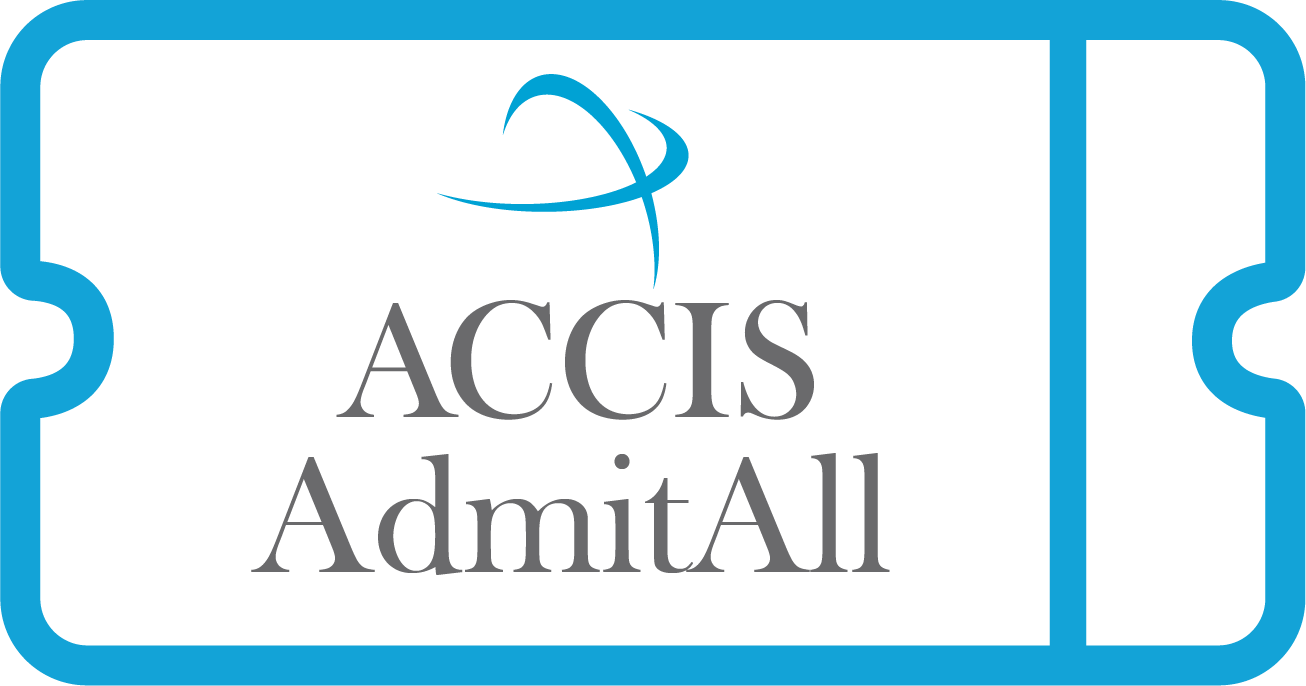
Case Study 2.0: A new landscape means new timelines
Gregg Murray, Vistamar School
"I am concerned about your college list.”
“You may want to consider a few more target or likely schools.”
“Be mindful of how many supplements you’ll be writing during fall semester.”
Try as we might, students don’t always seem to heed the subtle and not-so-subtle warnings we offer to protect them from themselves. In fact, our gentle reminders can often be received by students as discouraging, unsupportive, or downright offensive. We say “reach school,” they hear “you don’t believe in me.” After one too many instances of scratching my head wondering what was getting lost in translation, I started to watch more closely as my students crafted their college lists. They added highly rejective after highly rejective school with the utmost of optimism, nodding emphatically as I asked whether or not they thought they could handle all that they were piling onto their plate. What quickly became apparent was that students and their parents/guardians had very little understanding of how much writing goes into each application or how to build a balanced college list, especially one that accounts for admissibility and workload. “It’s just one more school,” they’d say. As I reflected on my prior conversations, I distinctly recalled telling my students that they would have dozens of supplements to complete and that quality is more important than quantity, but my words fell flat. That realization led to the creation of Case Study 2.0, a new look at building data-informed college lists and balancing the workload.
Case Study 2.0 leads participants through the experiences of two students, one who applied to a lengthy and highly selective list of colleges and another applied using a more data-driven approach. Through interactive cases, participants learn about resources like the Common Data Set, scattergrams, and national acceptance rates, before reviewing each students’ college list. The real fun begins when participants collaborate in small groups and predict the outcomes of our mock applicants. The data reveals that a student’s GPA can fall in the bottom 25th percentile of two different schools with acceptance rates ranging from 3% to 33%, a nuance that can often get overlooked when using broader terms like reach, target, and likely. The jaw dropping moment, however, is when audience members see that one of the applicants wrote nearly 40-60 pages of supplemental essay drafts and sacrificed nearly half of their senior year experience. Case Study 2.0 concludes with a discussion about the importance of students’ wellbeing and mental health, a profoundly important conversation to have with families.
